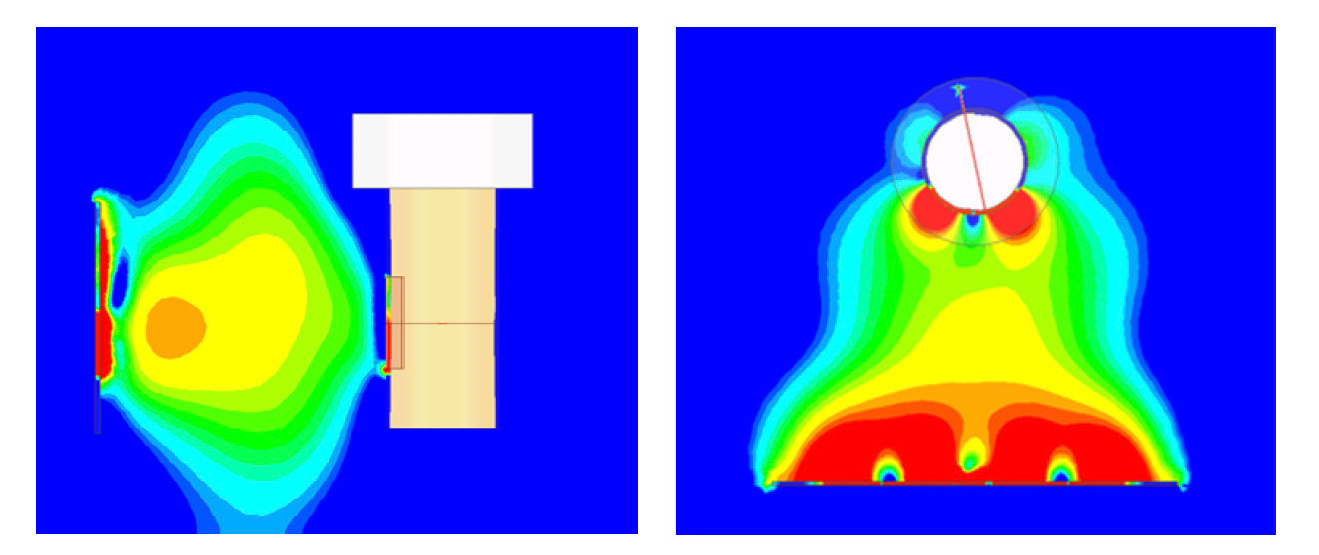Owner: Nikola Labs | Publication date: 2020
Field of expertise:
Methods:
Application area:
Electromagnetics| Electronics| Power Electronics| Sensors and Detection| Smart Devices and Wearable
Industry:
Automotive| Consumer Products| Energy Sector| Healthcare| High Tech| Industrial Equipment
Although the basic concepts of far-field wireless power have been understood for some time, they are just now finding practical applications. This is due to two factors: the introduction of increasingly lower-power electronics and improved wireless power transfer performance. The latter is made possible in large part by advanced antenna designs. Developing custom, high-performance antennas that meet the application form factor constraints can be accomplished far more quickly with powerful simulation tools, such as Ansys HFSS.
Challenges
Every application of wireless power is unique in terms of power budget, distance, form factor and environment. Because of these differences and the drive for improved efficiency, it is essential to design transmit and receive antennas specific to each circumstance. Historically, this would be accomplished through building and testing multiple iterations before discovering the optimal geometry and configuration. Simulation tools allow designers to rapidly evaluate designs before committing to fabrication.
Technology used
Engineering solution
Advanced antenna design must consider all relevant factors, including field strength, geometry, materials of construction and environmental factors. HFSS is a powerful tool with a built-in material database that allows for full-wave simulation and automatic geometry meshing. HFSS also enables engineers to verify that mechanical designs do not interfere with wireless power transfer. The ability to accurately simulate wireless power systems saves time and money associated with building and testing multiple prototypes before arriving at a final design.
Benefits
Like most early-stage, investor-funded companies, Nikola Labs is resource-constrained. Thus it must show rapid progress to keep its customers and backers engaged and satisfied. By allowing engineers to iterate on designs in a complex simulation that accurately reflects real-world conditions, HFSS allows the engineering team to develop creative solutions that meet stringent performance and form factor constraints. Further, HFSS can quickly evaluate the performance impact of manufacturing tolerances to ensure systems will operate reliably as designed.

Ansys HFSS was used to design
a meandered dipole antenna around an existing
RFID tag in a bottle cap.

Using Ansys HFSS, a close-proximity wireless power system prototype was designed by maximizing the near-field coupling between the transmitter and receiver antennas.
